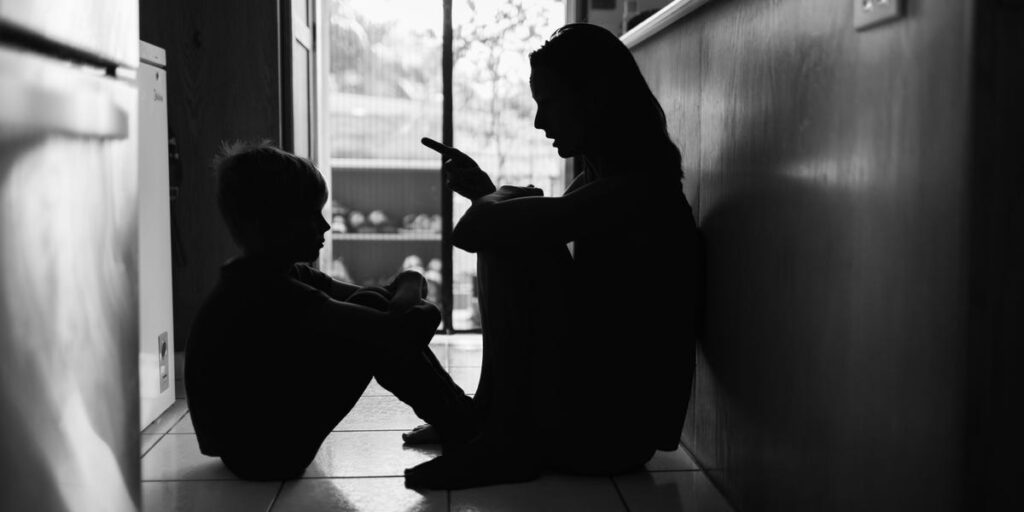This as-told-to essay is based on a conversation with Kristin Lewis, senior vice president of product at Aura, a company with a suite of products intended to help people stay safe online. It has been edited for length and clarity.
A lot of my work is about simplifying online safety, so I used to be pretty confident in my ability to keep my kids safe online. Then, my son made a purchase online that showed me keeping kids safe isn’t so simple, even for an expert.
My sons are young — they’re 5 and 8 now — and they don’t have their own devices, only a family iPad. My husband and I download apps that we are comfortable with them using, and are often nearby when the boys are on the iPad.
I thought we were doing everything parents should. Then I learned that kids can unintentionally stumble into trouble online, even with their parents right there.
My son made an unauthorized purchase within an app
My rude awakening happened on a Saturday morning. I was doing Wordle, and my son Warner, who was then 7, was playing on the iPad. He had recently visited his 10-year-old cousin and had since been playing some parent-approved online games with him. I love that they can connect over distance like that.
Then, I received a push notification on my phone, telling me my card had been used to make a gaming transaction on the iPad. I looked at Warner and asked if he had bought something, and he replied, “Why do you ask?”
So many things were going off in my head, but I didn’t want Warner to think he was in trouble. I asked him to show me the game, and he told me he was chatting with his cousin. When I looked at the screen, it was a random stranger, not his cousin’s screen name. The stranger had sent him a link. Warner clicked it and made a purchase for the game.
I immediately talked with Warner and locked down messaging
The whole interaction was relatively innocuous. The stranger hadn’t said anything inappropriate, and it didn’t seem to be a scam. But I was struck by everything that could have happened.
I sat down with Warner and explained that he wasn’t talking to his cousin. When I said that, he looked scared and asked, “Well, who is it?” I told him it could be anyone, emphasizing that while many people online are nice, others are not, so it’s important to avoid talking to strangers. Then, I disabled in-app messaging, which I hadn’t realized was allowed.
I’d underestimated my son’s tech capabilities
That morning made me realize that I need to talk to my sons about online safety before I think they need it. Kids are naturally curious and trusting, which can be a dangerous combination online.
I hadn’t considered that as Warner quickly improved his reading skills, he’d be able to explore more on the iPad. He was a lot more tech savvy than I gave him credit for.
Like most parents, I don’t have the time to research every app my kids want to use. That’s why the work I do at Aura is so important to me. I want to take some of the burden of safety online off parents. I would love to have more of those decisions made for me—and my team is working toward that at Aura. But for now, there’s still a lot of groundwork parents need to put in.
I want to keep a positive outlook on technology with my sons
While this experience was jarring, I don’t want the message to be that technology is bad. That’s not the approach we use in our house. Instead, we have weekly tech check-ins where we get curious about what the kids are doing online. What games did they win, or which cousins did they catch up with? If they want a new app, we can look into it together.
Most of our family lives far away, so technology has been a great bridge to build connections. Warner’s cousin always Facetimes him when he walks the dog, and the two virtually walk together. That type of interaction online is always OK. Other interactions, like gaming, are limited.
It’s similar to snacking. The boys can’t always have Doritos, but they can have a banana any time they like. They can’t always play games, but they can answer FaceTime from family any time. I hope to empower them to make their own healthy decisions as they grow up.
Read the full article here
















